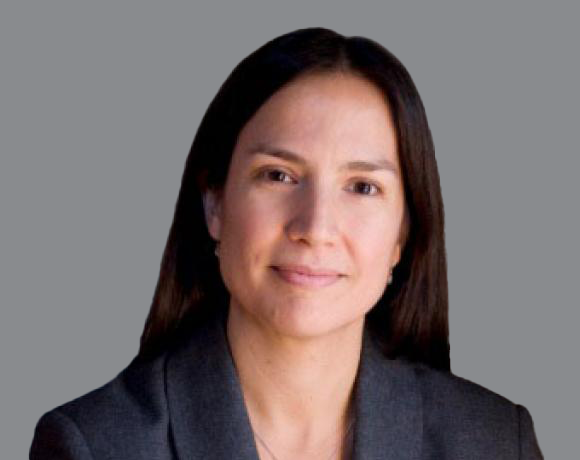Dr. Caron is an advocate for marginalized peoples’ rights in health care and research. Her scholarly and professional activities centre on optimizing Indigenous and northern Canadians’ health, and addressing inequities in access to surgical services, cancer care, prescription medications and research.
In January 2020, Dr. Caron was appointed the inaugural First Nations Health Authority (FNHA) Chair in Cancer and Wellness at University of British Columbia. In this position, Dr. Caron is developing strategies to better understand, prevent and address cancers among Indigenous peoples in Canada. This position was created following research led by Dr. Caron that illustrated how rates of some cancers are higher, and survival rates for almost all cancer types, lower, for First Nations compared with non-First Nations in British Columbia. This research underpins B.C’s First Nations Cancer Strategy—a multi-year partnership between BC Cancer, FNHA, Métis Nation British Columbia and the BC Association of Aboriginal Friendship Centres.
As co-Lead of Genome Canada’s $10.4 million Silent Genomes grant, which commenced in 2018, Dr. Caron aims to address inequity endured by Indigenous peoples who lack access to the medical benefits of genome research. To do so, her team is establishing guidelines for genomic research with Indigenous peoples, developing project-specific governance structures, improving access to and impact of precision medicine by creating an Indigenous background variant library and evaluating the impacts of these efforts from a socio-economic lens.
In 2016, Dr. Caron received $1.25 million from Genome British Columbia for the Northern Biobank Initiative to address a growing risk that rural and remote communities in B.C. could be excluded from significant advances made in genomic research and precision medicine. The NBI project includes consultations with the general public, researchers, health care providers, staff, and administrators; creation of a retrospective Northern B.C. Breast Cancer biobank, and consultations with 54 First Nations, including development of the Northern First Nation Biobanking Advisory Committee.
In 2014, Dr. Caron helped to found and now co-directs UBC’s Centre for Excellence in Indigenous Health in order to improve recruitment and retention of Indigenous students into health professions, to develop curricula addressing Indigenous health concerns, and to conduct further research into Indigenous health in general. This initiative has resulted in a cultural safety and humility curriculum for UBC students and a graduate certificate in Indigenous Public Health that equips Indigenous community members and scholars with necessary skills to address public health issues in First Nations, Inuit, Métis and other Indigenous communities. Dr. Caron also teaches at Johns Hopkins University, Center for American Indian Health, where her curriculum incorporates research ethics, cultural competency and public health through an Indigenous lens.
- General and Endocrine Surgeon, University Hospital of Northern BC
- Professor, Surgery, University of British Columbia, Northern Medical Program and Department of Surgery
- Founding Co-Director, University of British Columbia, Centre for Excellence in Indigenous Health
- First Nations Health Authority Chair in Cancer and Wellness at University of British Columbia
- Associate Faculty, Johns Hopkins University, Center for American Indian Health
FRCSC, General Surgery Residency University of British Columbia
Postgraduate Fellowship in Endocrine Surgical Oncology, University of California, San Francisco
MA in Public Health, Harvard University
MD, University of British Columbia
B.Sc. Kinesiology, Simon Fraser University
